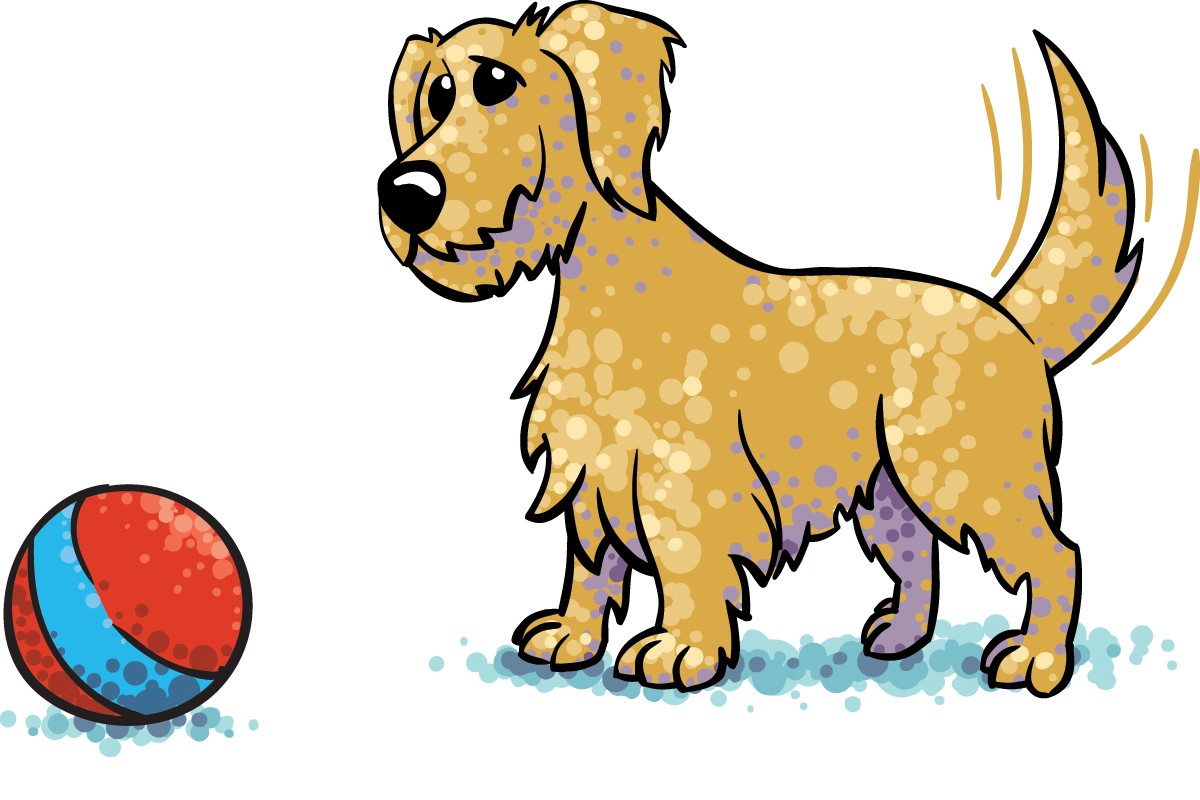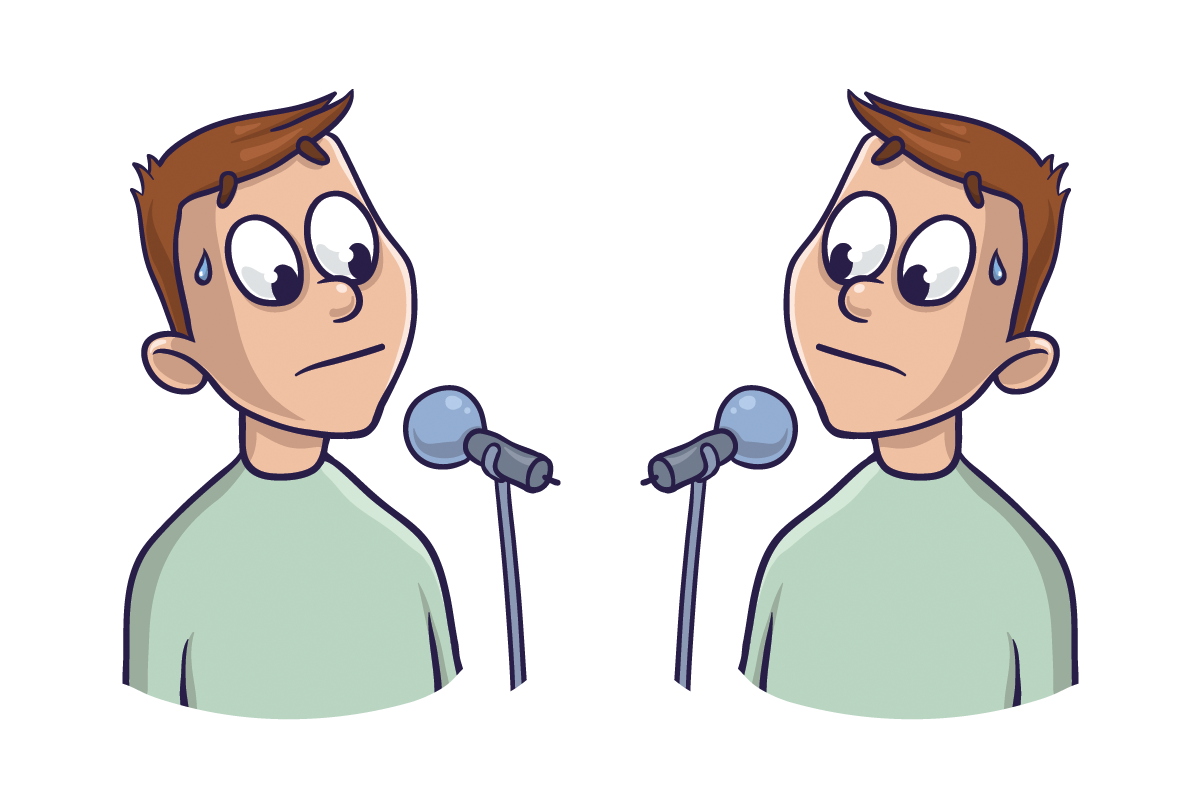Take Control Of Your Brain

The Swish Pattern is one of the earliest techniques from NLP. It’s based on anchoring, which was discovered by Pavlov. To talk about the swish pattern, we need to talk about anchoring. Unfortunately, both of these very easy techniques (you’ll be able to do both effectively after reading this post) are taught incorrectly.
There’s No Such Thing As NLP
A common idea about NLP is that it is a myth. That it is some kind of snake oil scam that isn’t based on science or anything. A bunch of hocus pocus hooey that is taught to gullible marks by scammers and con artists. That is actually a very reasonable assumption, given the experience with most people have.
Talking About NLP
The “NLP is a myth” idea generally presents itself like this. Somebody’s got a friend who goes to an NLP seminar. They spend a few grand and a couple of weeks. They come back and talk about the awesome experience they have. They met some really wonderful people. The location was fantastic. The teacher was amazing.
Yet all they really do is talk about NLP. They can’t really do NLP. After a year, they are still making the same amount of money, still in the same crappy relationships, and the changes from that magical NLP seminar still haven’t been manifested.
What’s Going On?
Let’s do a mind experiment. It will seem kind of goofy. Let’s say you are in pretty good shape. You can do hundreds of pushups, situps, and run a 10K in less than 45 minutes. You’ve got a decent six pack. But then you get transported to another planet. Another planet where nobody has any clue about physical exercise.
You walk around and see all the flabby out of shape people. Nobody, and I mean nobody, can do anything that requires any physical strength and stamina. Everything is automated. There are no gyms, no sports, no sign whatsoever of the idea of exercise.
Goldmine Opportunity

So you decide to make a fortune teaching people how to do situps and pushups. You figure you can be the Jack Lalanne of this crazy lazy planet. So you give demonstrations, people are amazed! You can do 100 pushups and they can’t do one. So you start selling seminars.
People sign up by the truckload. You have a highly polished PowerPoint Presentation of all the body weight calisthenics that people can start doing. They watch, they take notes, they even pretend to do the exercises. Maybe they do one pushup and proclaim how fantastic it is.
You Make Billions
You keep teaching these seminars, going on a world tour. Pretty soon you’ve taught thousands. Millions. Everybody is talking about this crazy new thing called exercise. How awesome it is. All of the wonderful benefits. Except there is one major problem.
All Talk And No Action
Everybody is always talking about exercise, but nobody is actually doing any exercise. The only exercises everybody has ever done has been in the seminar room. And in the seminar room it was only pretend. Not even a real situp or pushup.
There’s No Such Thing As Exercises

This leads to the obvious conclusion that there is no such thing as exercise. Everybody’s talking about it and nobody does it. Maybe a few people get angry and try to demonstrate, but all they can really do is lie on the ground and sort of make their upper body move up a few inches.
“That’s not a pushup! You’re just lying there making your shoulders go up a little bit!”
But since you are making so much money teaching, you don’t really care. You even have created a teacher training program. Where qualified teachers teach and you get a percentage of their earnings. So much that you don’t have to do any work any more. You’re making millions a year and can relax comfortably in your mansion.
NLP And Self Help Is Like Planet Lazy
This is the very same thing that happens in any kind of self help seminar. The teachers talk a good game, and everybody pretends to follow along, but nobody ever actually practices. They do things like anchoring and the swish pattern in the seminar room, and they pretend it works great, but back home, the students all revert back to the same old habits. Except with a little bit more credit card debt.
Swish Pattern Explained

The swish pattern actually works fantastically well. But you have to do it consistently. Not just once. It’s based on the idea of anchoring, very much like Pavlov and his dogs. How did that work? Pretty simply.
Pavlov brought the food, and the dogs salivated. He brought the food and rang a bell, and the dogs salivated. Then he only rang the bell, and the dogs salivated. Boom! Anchor set. Only it’s not so simple. Let’s look at all the variables (the ones that are usually glossed over in those NLP seminars).
Salivation Is Time Dependent
If you have pets, they are easily trained to eat at a certain time. So when Pavlov was ringing his bell, we can’t be sure how much he was helped by the time conditioning. Also, we don’t know how long it took to get them to fully salivate the same amount with only the bell. Maybe a couple dozen times. Also, we don’t know how long that anchor was set.
Supposing once he set the anchor to the bell, and got them to salivate as much to the bell to the food, how long would that have continued? Meaning what if he started feeding them at a different time, and kept ringing the bell at the original time, would it still have caused just as much salivation? Who knows.
Not Once And Done
Unfortunately, anchoring is usually taught as something you only need to do once and you’re finished. But if you really want to reap the benefits of setting an anchor, you’ve got to set it, and you’ve got to maintain it. Since this post is about setting the anchor on yourself, you can maintain it easily.
Swish Pattern Description
The basic idea is to take something that gives you negative emotions. Emotions that you don’t want. We’ll call that the unresourceful state. You see something out in the world, and your current automatic response is the unresourceful state.
Maybe you get scared when you see a dog. Maybe you get too nervous to speak when you see a cute girl. Maybe when your boss yells in your direction you lose half your brainpower.
Step One – Define Trigger and Unresourceful State

For the rest of this post, work with one thing. A trigger, (start with a visual trigger) and the unresourceful state that you want to change.
Step Two – Choose a Desired Resourceful State
Choose the way you want to feel when you see that external trigger. Maybe when you see a dog you want to feel safe. Maybe when you see that cute girl you want to feel confident and outgoing. Maybe when you hear your boss yell you want to feel intelligent and competent.
Step Three – Choose A Trigger That Automatically Generates The Desired State
This is the thing that causes you to automatically feel the way you want to feel. Like a group of close friends makes you automatically feel talkative and outgoing. A baby kitten makes you feel safe. When you are all alone and elbows deep into a coding project, you feel competent and intelligent.
Step Four – Understand The Intention Of The Swish
This is like brain surgery on yourself. The trick is to start with the trigger that causes the unwanted state, and detach it, and then reattach the feeling you want to have. Now, that wanted feeling (safety, etc.) comes from another external trigger (friends, kitten, software etc.). What the swish pattern does is attach that wanted feeling to the trigger that now causes the unwanted emotion.
This is sort of what Pavlov did. Only he KEPT the end result (salivation), and changed what caused it. We are doing the opposite. We are keeping the cause (the visual trigger) and changing the effect. Essentially, though, it’s the same process. We’ll go through it step by step below.
The Swish Process

For our example, we’ll assume you have a fear of dogs that you want to replace with a feeling of confidence and safety. The fear trigger is any image of a dog that is coming your way. For the feeling of confidence and safety, we’ll use a picture of a good friend.
One way is to slowly start to see the picture of the dog coming from far away. You can close your eyes and imagine a small picture slowly getting bigger, as if it’s coming in from a large distance away. As soon as you start to suspect what it is, you change to the picture of your buddy.
Then you make the picture of your buddy come in hard and fast, and purposely create the positive feelings. This won’t happen automatically or magically. You’ll have to consciously call to mind as strong of a positive feeling as you can.
The reason this is called the Swish is when you start to bring the second picture up, it comes on fast and strong, making a swish sound. You don’t have to imagine any swish sound if you don’t want to. The reason this works is pictures are recognized very, very quickly. Almost so quickly we don’t really need to be consciously aware of them. This is one (of many) reasons why that popcorn and coke subliminal message story actually worked (read more here).
Re-Routing The Emotional Response

But the emotional feeling that a picture triggers happens much, much more slowly. Essentially, the original process happens like this:
Picture of dog –> Feeling of fear
But the process actually takes a second or so. When you do the swish pattern, you are essentially stepping in between the picture of the dog and the resulting fear, like this:
Picture of dog –> Picture of your friend –> feelings of confidence and safety.
Rinse and Repeat
Do this at least ten times in one sitting. Do it once, and then clear your mind. Think about something totally neutral, and then do it again. Slowly bring in the picture of a dog, starting from far away. As soon as you see the dog, but BEFORE it creates the bad feeling, swish in the positive picture, and force those positive feelings into your entire mind-body system.
Practice Practice Practice

But if you do this once it will only have a short term effect. It may seem like it works, but in reality it will wear off. Especially the way this is usually taught in seminars. You stand up in front of the class and say you are afraid of dogs.
The instructor asks you to imagine a dog and guess the level of fear. Let’s say you give it a seven. Then you go through the swish pattern. Then you imagine a dog and guess the level of fear, and guess a four. You’re cured! Not so fast.
Diminish Over Time
Since negative emotions are usually associated with social safety (or physical safety in case of an actual dog) then these tend to creep back. So if you want to keep your good feelings, and have them actually triggered by the dog, then you’ll need to keep practicing. How long?
Personal Choices and Preferences
This is when you need to start taking responsibly for your own emotional state. It’s actually very comforting to a lot of folks to feel helpless. To feel as if their emotions are not under their control, that the world “out there” makes them feel certain ways. Ask any counselor who deals with addicts, and they’ll tell you that many addicts blame others for the feelings that cause their addictive behavior.
But if you assume full responsibility for your emotions, then you can decide how often you want to do this. Essentially, you’ll need to do this regularly until you aren’t afraid of dogs any more. When you can actually relax at your friend’s house with dogs running around and not get worried. When an actual dogs causes feelings of safety and comfort, then you’re done.
If you ever notice some fears again, instead of thinking, “Wow, guess that swish pattern doesn’t work after all,” and giving up, just do more. Think of the swish pattern (and any NLP procedure for that matter) as exercise for your brain.
Constant Maintenance

Suppose you did pushups every day for a few months. And you got pretty strong, and pretty lean. Then you didn’t do them for a while and caught yourself in the mirror. Upon seeing your flabby upper body, would you think, “Wow, I guess these pushups don’t work after all!” No, you would not. You would say do yourself, “Dang dude, I’d better start doing pushups again!”
Two Picture Swish
Another way to do the swish is to imagine the bad picture coming in from the left (or your weak side) and the good picture coming in from the right (or your good side). This can allow you to use your hands to help this hallucination along.
Start to bring your left hand up, and with your eyes closed, start to just barely see the picture of the dog coming up, and then bring your right hand up, and along with it, the good picture. Doing it this way will transfer some of the good feelings to your right hand.
That way, when you are out in public and you see a dog off in the distance, you can close your eyes and do the swish, using both hands to strengthen the effect.
Deeper Skill
Even if you don’t feel you have any anxieties causes by unexpected external triggers, consider doing this on something. Once you get the hang of this, you will have a very powerful tool you can use. Most people only think of NLP type stuff to get rid of unwanted emotions. But you can take any trigger that causes any emotion, and make it cause a different emotion.
Possibilities

Essentially, you will be able to take any structure like this:
External Trigger –> Resulting Feeling
External Trigger –> Replacement Image –> Desired Feeling
So long as you have a replacement image that automatically causes the desired feeling, you can train yourself (just like Pavlov and his dogs) to feel that emotional with anything you like. Some will be easy, some will take a lot of practice. Some things will only give you a “sense” of the desired feeling, and will always require that you consciously participate. For example, you’ll never get to a situation where you see an open calculus book and suddenly get a raging boner when only thinking about calculus.
Additive
But you can add a whole bunch of extra stuff to your calculus book, which may now cause you fear and dread and panic. For example, you might imagine a paycheck from a future job, and connect that to your calculus book. Or you could imagine some hot guy or girl in a bar listening intently on you explaining calculus. Or you can imagine the first day on the job of a huge company and attach that to your calculus book.
Be Creative

Most people walk the earth and feel whatever emotions their mind-body system decides to give them, and don’t think they have a choice. The good feelings are fleeting, and the bad feelings are complained about. But with a little bit of practice, creativity and consistency, you can train yourself to feel whatever emotions (or combinations) you want, and associate them with whatever you want.
Learn More

Mind Persuasion has plenty of books and courses all designed to help you get much more out of life with much less effort.
Mind Persuasion Books
Mind Persuasion Courses